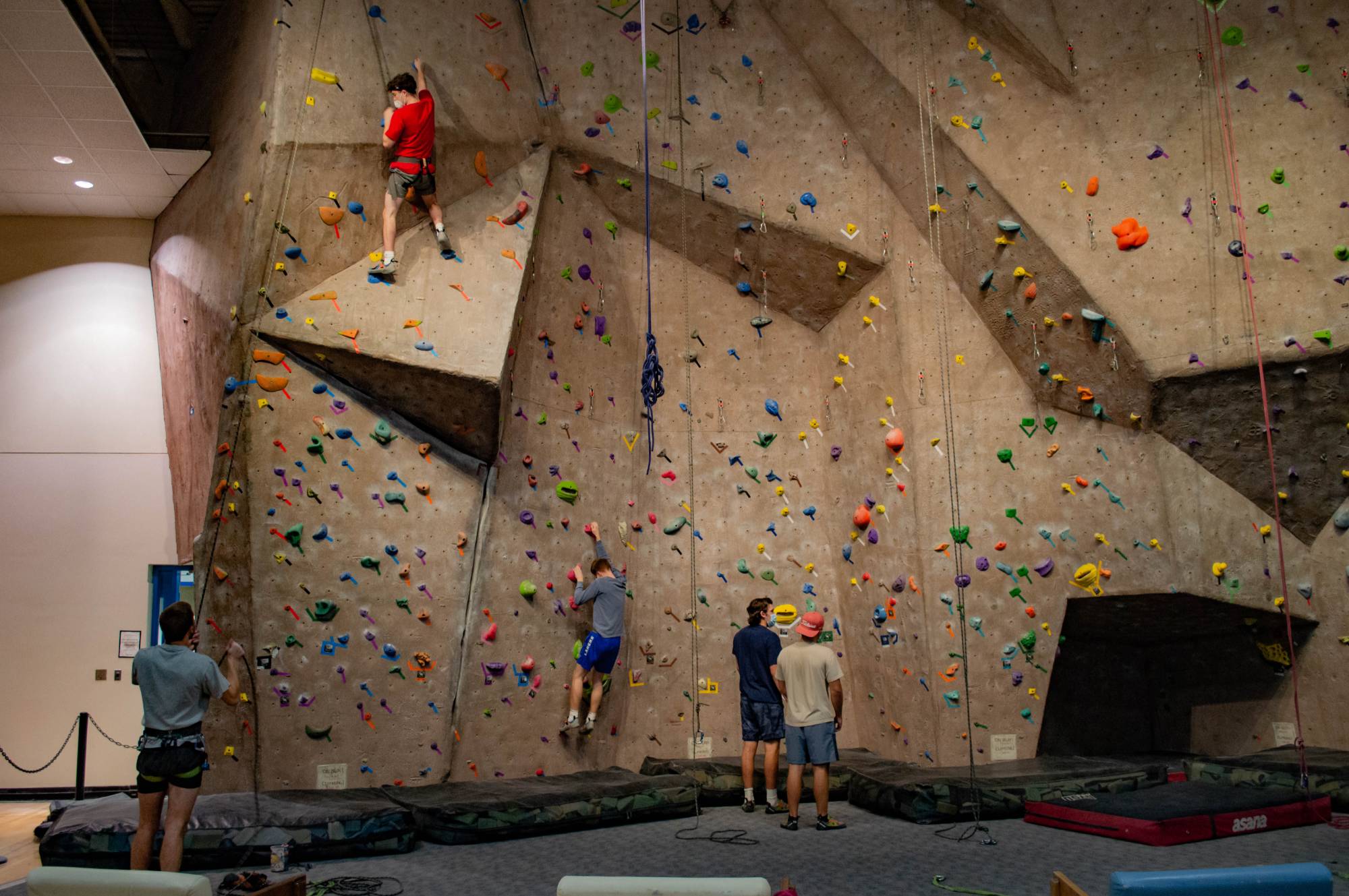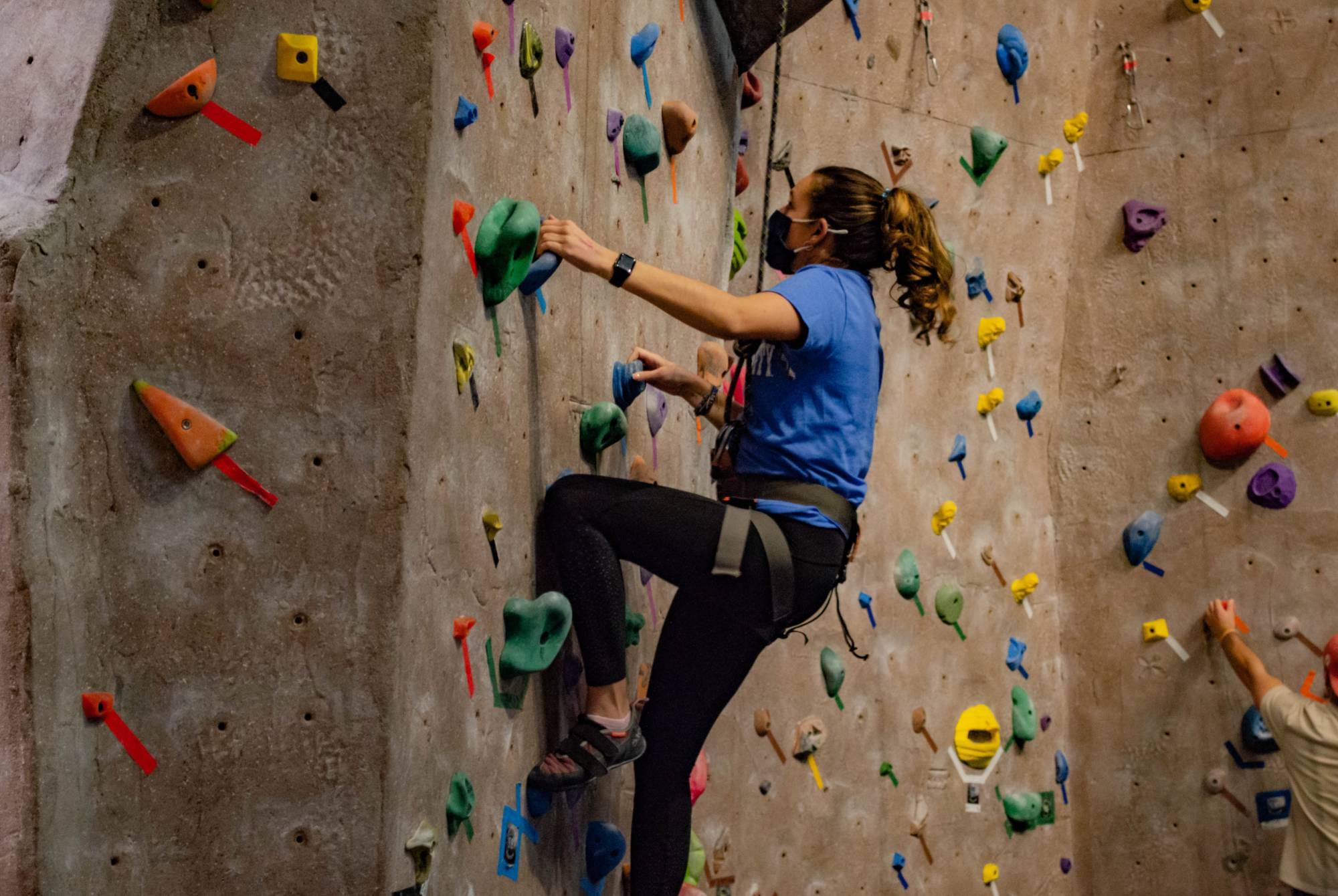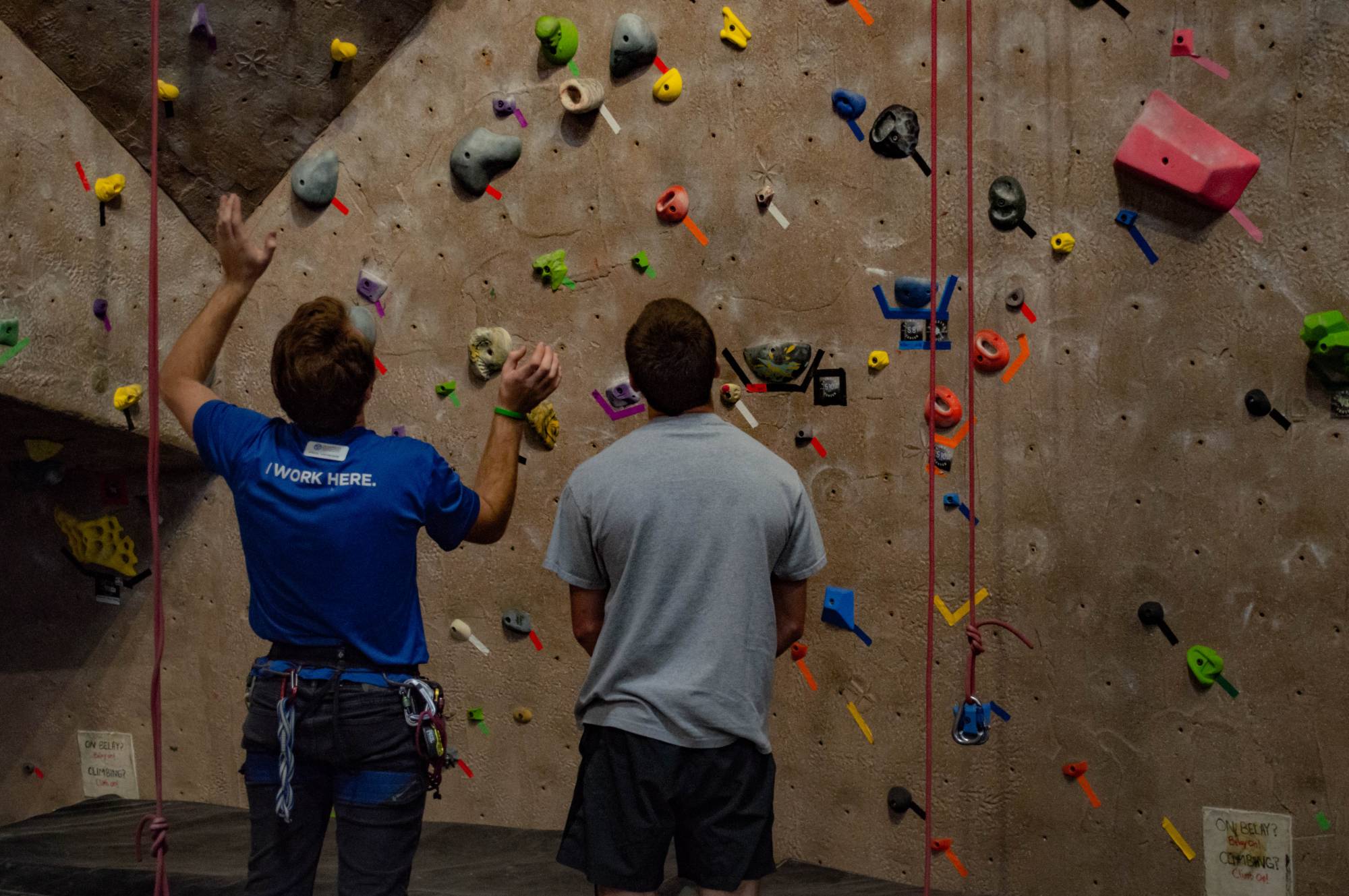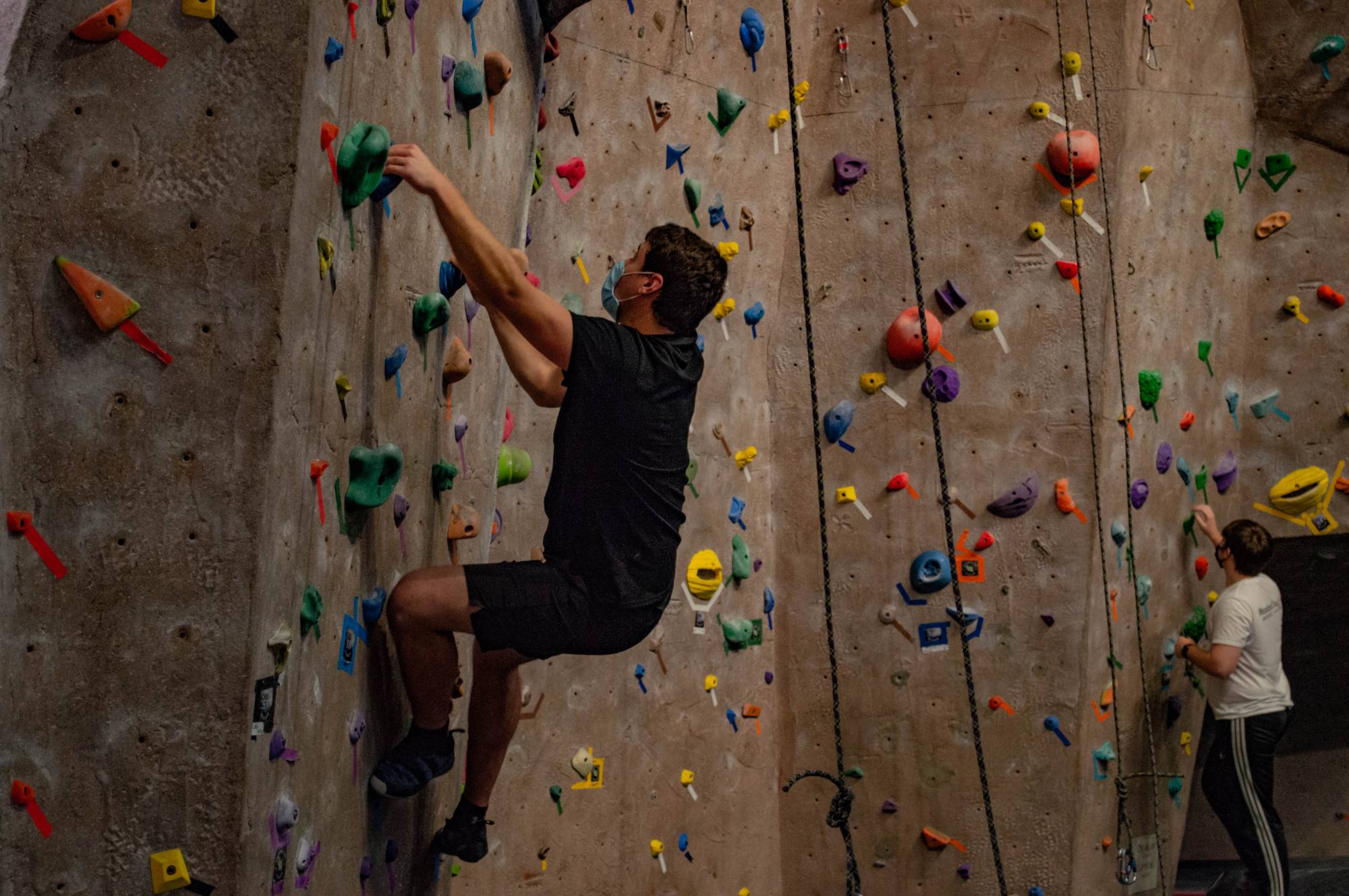Blog
Permanent link for Climb Every Mountain on March 31, 2021
Climbing workouts for better performance
As with any sport or new hobby, there is a burning desire to push yourself to become the best you can be. As humans, we want to see how far we can go and how far we can push the limits of what we believe is possible. This may all seem very deep and philosophical, but if you take time to think about what drives you to be better, it will unlock new potential within yourself. For me, the pursuit of climbing hard grades and performance is what motivates me the most. But, the reason for training and climbing may be different for everyone. I encourage you to find the purpose of your training and remind yourself of this when you feel yourself falling into that inevitable rut. It is important to note that noticeable improvements don't happen overnight, and to our dismay, can take much longer than we would like. The ability to stay inspired and be encouraged is often what separates the good from the great. Not every workout or drill will work the same for everyone; one exercise might work for you but not for others. Trying each exercise and doing your own research through trial and error will help you dial in the workout routine that works the best for you.
CLIMB MORE!
The number one thing new climbers can do to get better is climb
more often! I can't stress this enough; climb more. It may seem
obvious, but getting in the climbing gym and on the wall is the best
way to build a solid foundation. Climbing two to three times each week
is a good balance for getting better each time you go to the gym,
without the added risk of injury you get from overtraining . A common
misconception is that strength is the magic key to unlocking new
routes. However, it's not always a lack of strength holding you back.
You might be able to do 50 pull ups in a row, but if you have no
technique, it will be hard to be a successful climber. It is true that
people with massive amounts of strength can likely climb hard grades,
but it often looks clunky and ends up wasting significantly more
energy than someone with good technique. Luckily, technique is one of
easiest and most enjoyable aspects to train. The number one way to
work your technique is to climb more, and with easy to do drills, it
can be fun.
TECHNIQUE
Climbing can be hard work but not every training session needs to
be physically exhausting for you to get better. Compared to strength
training, focusing on improving technique often results in bigger
improvements in a shorter amount of time. Especially for newer climbers.
Some drills for building technique:
Silent Feet: This drill is pretty simple and requires almost no gear. All you will need is a relatively easy section of wall. Then:
- Climb while making little to no noise when your feet touch the holds. This will require you to move slowly and with precision.
- Climbing with controlled motions requires you to find and remain in balanced positions.
- The goal is to improve your footwork, which is essential to be an efficient climber. In the long run, it will help preserve energy on the wall.
- Progress this exercise by applying it to specific paths, or “routes” on the wall and/ or adding bells to your shoes.
Single Touch: This drill works footwork, as well as precision with your hands. Pick a section of wall or two to three routes you can comfortably climb. Then:
- Once you grab a hold with your hands or place a foot on a hold, you can not move it unless moving to the next hold. You must hold the rock in the way you initially grabbed it, no shuffling around to find the best way to hold it. Repeat the same way for feet on foot chips.
- The goal is to increase precision with your hands and feet. Grabbing the hold exactly where you want to on the first attempt will save energy and help you from falling because of poor hand or foot placement.
There are other drills out there that improve technique, but these are the two that I personally use and have found success with. These drills work great as warms ups while improving the “smoothness” in your climbing.
ENDURANCE
The biggest downfall almost all climbers have is the fight
against the “pump” (or the build up of lactic acid in the forearms,
which signals fatigue of the fingers and arms). Stamina is essential
to climbing all types of routes and something I personally struggle
with the most. The ability to complete multiple hard moves in
succession is something that many climbers strive for. Training your
endurance is challenging and can be physically exhausting.
Fortunately, training for building climbing endurance is one of the
most fun types of training because it’s all about spending more time climbing!
Some drills for building your endurance:
Laps: This drill is very simple but is definitely taxing on the upper body. It is preferably done on a taller roped climb (aka a “top rope”) route but doing it lower to the ground, without ropes (aka “bouldering”) would suffice. The only downside of this drill on the top rope is the responsibility of the belayer (person controlling the rope and keeping the climber safe) to belay you multiple times in a row.
- Pick an easy section of wall or route that you believe you can comfortably climb twice in a row, but would struggle on your third attempt. Picking the right one is important; find a balance between pushing yourself but not going too hard. If you have a particular style you’d like to focus on, picking a route of that style would be a good idea.
- Simply climb the selected route three times in a row, only taking a break to chalk up and to check with your belay before climbing again.
Traverse: Similar to the laps drill, this will require you to be on the wall for an extended amount of time. This drill is more accessible, as it does not require someone to belay for you. The biggest downside of this drill is that if the wall is busy, you won't be able to do it.
- The goal is to travel across the wall horizontally for as long as possible. Or for a predetermined amount of time or moves.
- Climb below the boulder line on a side of the wall, then start climbing across the wall horizontally, using any hand holds you want and using foot holds smaller than a fist.
Hang boarding: This is a great way to strengthen your fingers from the comfort and convenience of your own home. As far as pure finger strength building goes, it's unbeatable. However, if you hang board too hard, too soon, or too often, they do present the risk of injury. I wouldn't recommend getting into hangboard training at all until you have climbed for about a year. Your fingers are the most important body part in climbing, so it's essential to keep them healthy. If hang boarding is something you are looking to get into, I encourage you to do some research beforehand. There are a lot of great, yet vastly different, workouts available. Hang board at your own risk!
Ringing the Bell
Rock climbing has endless possibilities. From the many gyms to
the thousands of established routes outside, there is something for
everyone to climb. With each harder grade you can climb a whole new
set of routes and areas open up for you to explore. For me training
has been a way to stay dedicated to the sport and stay in shape for my
own physical well-being. I learned the drills I discussed from those
who are more experienced than me, along with help from the internet.
Everyone has different ways to train so asking and discussing with
others is a great way to expand your knowledge and make a few new friends.
By: Owen Dingledine
Categories:
Outdoor Adventures
Posted
on
Permanent link for Climb Every Mountain on March 31, 2021.




